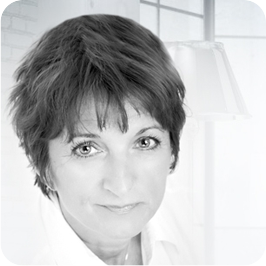 Identifying the roles we adopt in childhood can be key to changing behaviour patterns, so that we set ourselves free to express ourselves more authentically. Psychotherapist Evelyne Thomas reveals the steps we unconsciously make in our relationship dances and how we can change the tune to one of joy and harmony.
Identifying the roles we adopt in childhood can be key to changing behaviour patterns, so that we set ourselves free to express ourselves more authentically. Psychotherapist Evelyne Thomas reveals the steps we unconsciously make in our relationship dances and how we can change the tune to one of joy and harmony.
Roles & Relationships
Do you find yourself playing different roles depending who you’re with? Whether it’s at work, with friends, family or even with your partner. What would life be like if you could be who you’re meant to be? No worries about being unmasked, no fears of being a disappointment or letting others down.
I’ll never forget the day I realised that the personal work I’d embarked on would help me remove the principal mask I’d been wearing my entire life. I was going to be free of the role of Victim and I wasn’t sure who would be revealed and how I was going to live my life without this well-rehearsed role. It was 6 years ago and I was sitting with Eliza, my Hoffman teacher, in the garden of Florence House in Sussex. It was the first day of the Hoffman Process and I did not know yet how that week was going to change my life and my close relationships, in more wonderful ways than I could ever imagine.
Why do we play roles?
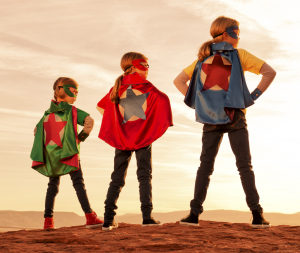 Every child needs to feel safe to thrive. As a child, if tension or dysfunction in the family means we’re in danger of being abandoned, neglected, unloved or even abused, we learn to hide parts of ourselves in order to survive or keep the family unit together. We’ll adopt a role to either deflect or attract attention. This could be by making our parent or caregiver laugh or making them proud of something we’ve accomplished, by misbehaving, or even by being ill. In her book Relationship Breakthrough, Chloe Madanes talks about children who divert their parents’ attention to themselves if they sense their violent dad is just about to hit their mum. They become mum’s saviour and take the brunt of dad’s temper.
Every child needs to feel safe to thrive. As a child, if tension or dysfunction in the family means we’re in danger of being abandoned, neglected, unloved or even abused, we learn to hide parts of ourselves in order to survive or keep the family unit together. We’ll adopt a role to either deflect or attract attention. This could be by making our parent or caregiver laugh or making them proud of something we’ve accomplished, by misbehaving, or even by being ill. In her book Relationship Breakthrough, Chloe Madanes talks about children who divert their parents’ attention to themselves if they sense their violent dad is just about to hit their mum. They become mum’s saviour and take the brunt of dad’s temper.
These diversionary tactics become habitual. We start creating patterns of interactions which are triggered when we’re faced with a similar situation as an adult. For example if our boss bullies our colleague, we may go into a familiar response pattern, even though we’re no longer a child and we have other options available to us now.
We usually have more than one role depending where we are and who we are interacting with, but most of us have one particular role that becomes our ‘go to’ strategy which stems from our core childhood wound.
The Importance of Shame
As a child, we learn to adopt one or more roles as a way of not being present with the reality of certain childhood situations because the emotions we’d feel if we acknowledged what was really happening would be too overwhelming. They help us to navigate our fear; to create a sense of safety and belonging.
We are often shamed for our fears as children. We’re told ‘not to be silly’, or to ‘dry our tears’ or ‘be a man’. Shame is a particularly deep and toxic emotion and when we’re in its grip we’re unable to even see others or their pain. I see it as a major factor in relationship problems, as the couples who seek help are not able to connect to each other. When we’re trapped in a role designed to help us distance ourselves from shame, it can lead to particularly destructive behaviours, when we may reject or avoid others or sabotage any attempt at intimacy.
How does the Hoffman Process fit in?
In order to get rid of the destructive patterns and roles that we’ve adopted, we need to ‘do our work’. It’s well accepted that working within the safety and unconditional support that a group provides is by far the best way to heal.
The Hoffman Process provides the perfect environment for people to feel securely held and from the very beginning, in the pre-course work, you become aware of the roles you’ve adopted. As we recognise, work through them and release them, the emotion they were designed to avoid can surface in a loving environment created to help us safely express it.
‘The Process gave me permission to be angry. I wasn’t allowed to be angry as a child. My feelings were acknowledged and welcomed so I could be fully myself. Finally I could safely express all the resentment, fear and sense of injustice I had buried. I could say ‘stop’ and feel safe. I also left with tools to better deal with current relationship situations.”
How to let go of a role
- First you need to identify the role. Gently, with full compassion for yourself (as if you were talking to a good friend), take a moment to go through this list and tick the roles which are the most familiar to you. Add any you identify that aren’t listed.
| The Victim | |
| The Rescuer | |
| The Clown | |
| The Goody Goody | |
| The Peacekeeper | |
| The Rebel | |
| Daddy’s Girl | |
| The Sick One | |
| The Drama Queen | |
| The High Achiever | |
| The Sporty One | |
| Mummy’s Little Soldier | |
| The Invisible One |
- Then you need to become aware of situations in which you tend to play one of these roles. It may be with your partner, at work or maybe when you’re with your parents. Notice the negative effect it has on your relationships at the time. Becoming aware of your roles is the first step towards healing.
- Know that the role stems from fear. Fear is like a person who will follow us around until we turn and face it. Imagine you’re turning to face your fear.
- Put your hand on your heart and ask yourself ‘What am I afraid of? What is troubling me the most?’ You may notice an old voice come up that says: ‘don’t be silly’ or ‘you’re so stupid’ – just ignore it.
- Listen to that part of yourself with compassion. Give it love and acceptance. Stay with it and acknowledge it for as long as you need to, until you feel at ease. It is like comforting a child who has hurt themselves. It may only need a few moments of acknowledgement and reassurance before it will happily run off again or it may need longer. The more you practice doing this, the quicker you’ll become at realising the role you’re in, and the negative effect it has. You’ll be able to give yourself compassion for having fallen back into your old pattern of behavior.
- Finally, notice that you have a choice. You can stay in your role or you can choose to respond to situations differently. You can choose to face the fear that has thrown you back into your old pattern, so that you give yourself compassion and a chance to be the beautiful, creative and loving person that you were meant to be.
Suggested Reading
Relationship Breakthrough – Chloe Madanes
Homecoming: Reclaiming and Championing Your Inner Child – John Bradshaw
Healing the Child Within – Charles L Whitfield
When the Past is Present – David Richo
Find out more about Evelyne’s work with individuals and couples therapy based in Dubai. Sessions available face to face or via Skype in French and English. You can also collect her free ebook 5 Steps to a Deeper and Richer Love Relationship. Visit: www.evelynelthomas.com for more information.



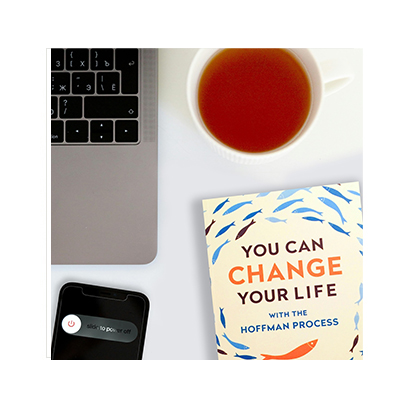
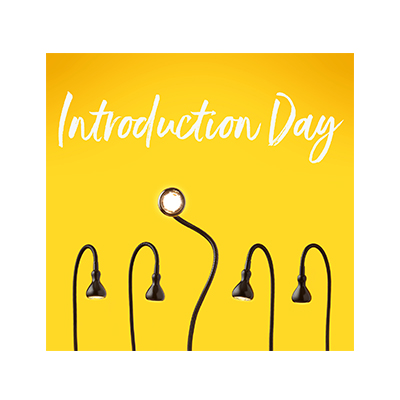
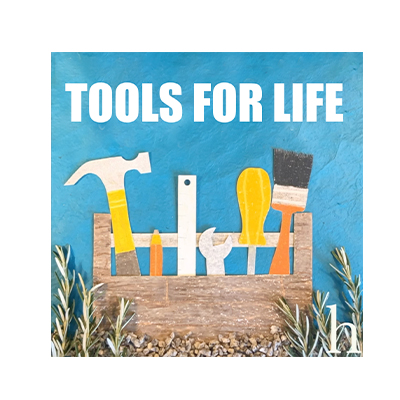
 Sign up to receive monthly newsletters from Hoffman
Sign up to receive monthly newsletters from Hoffman